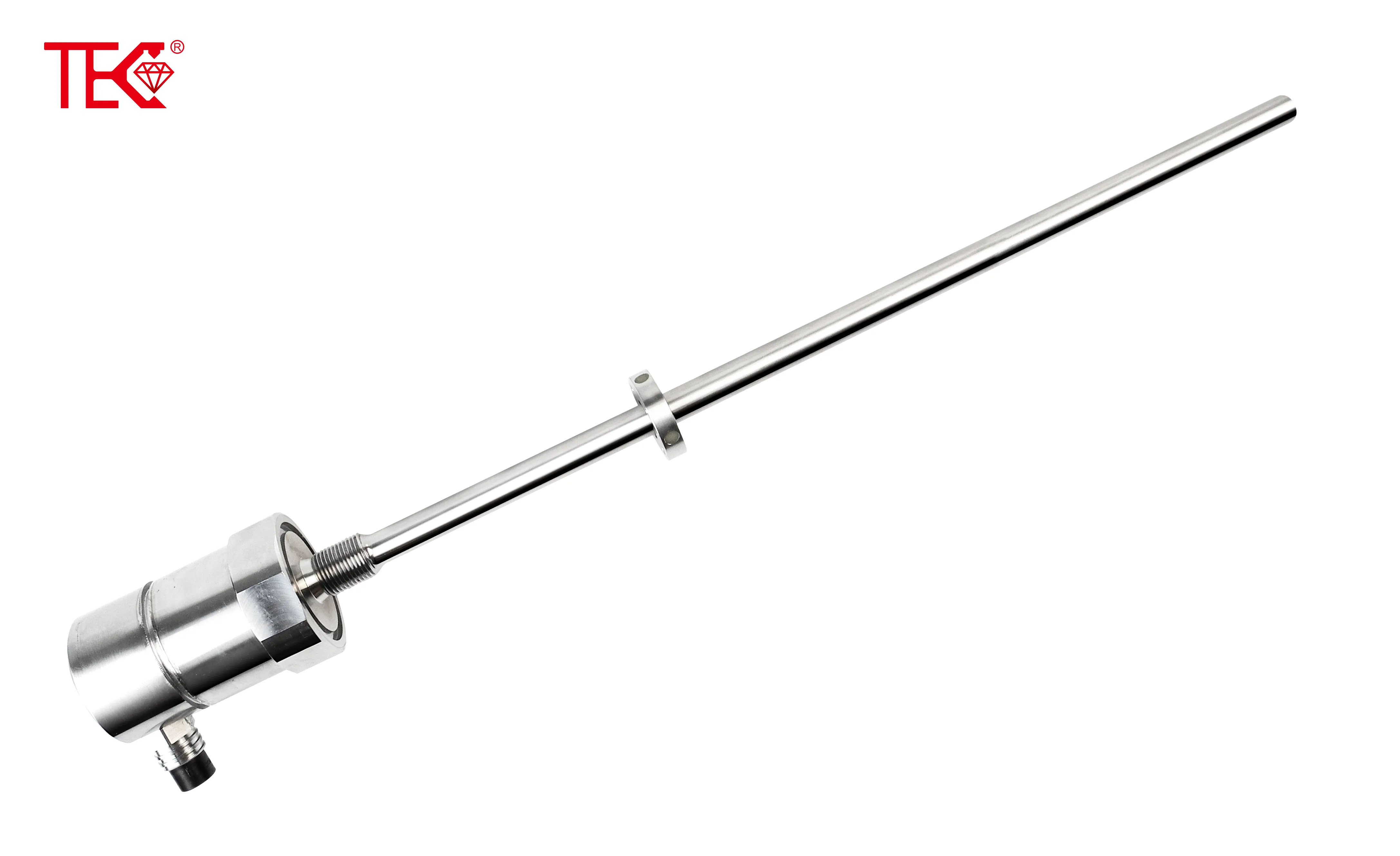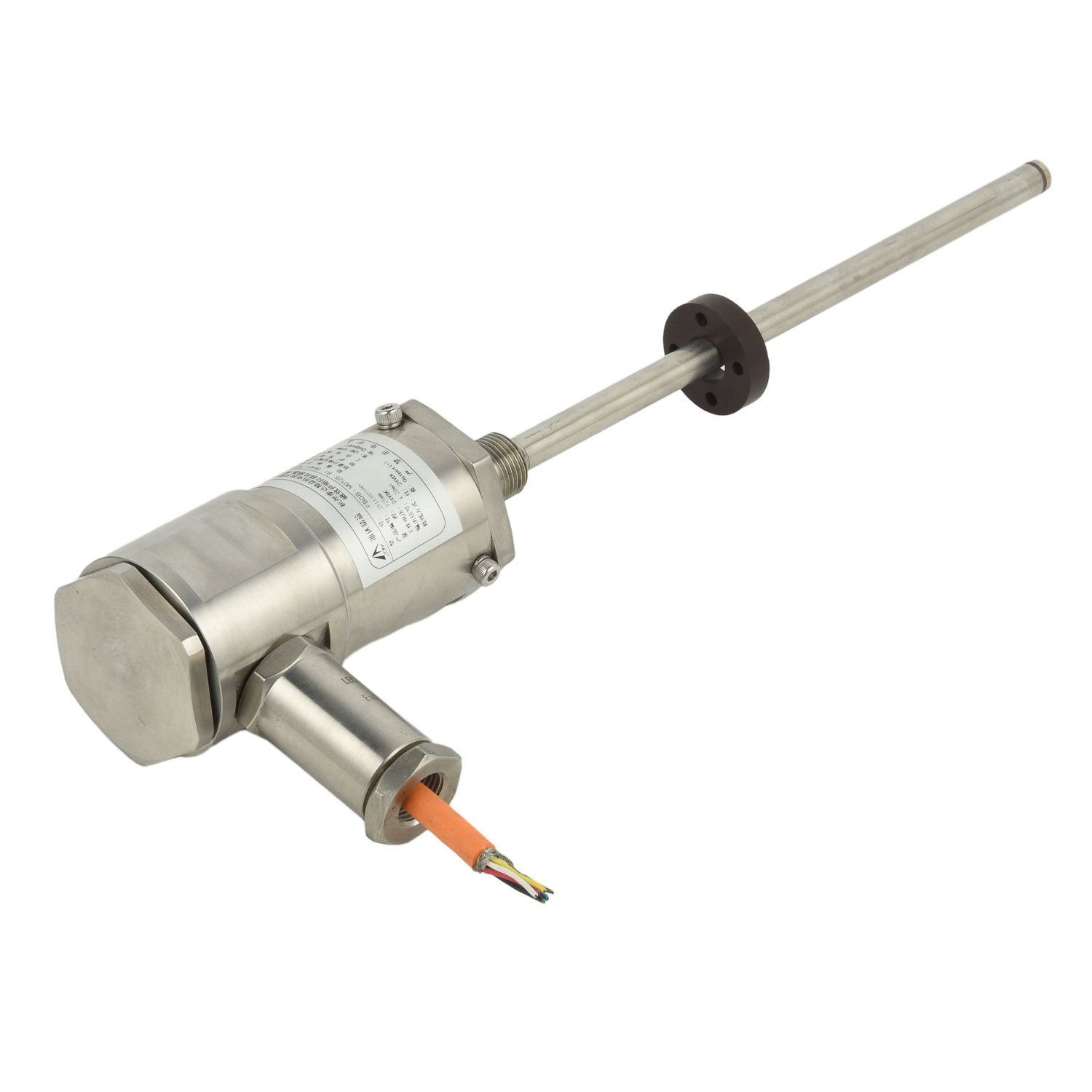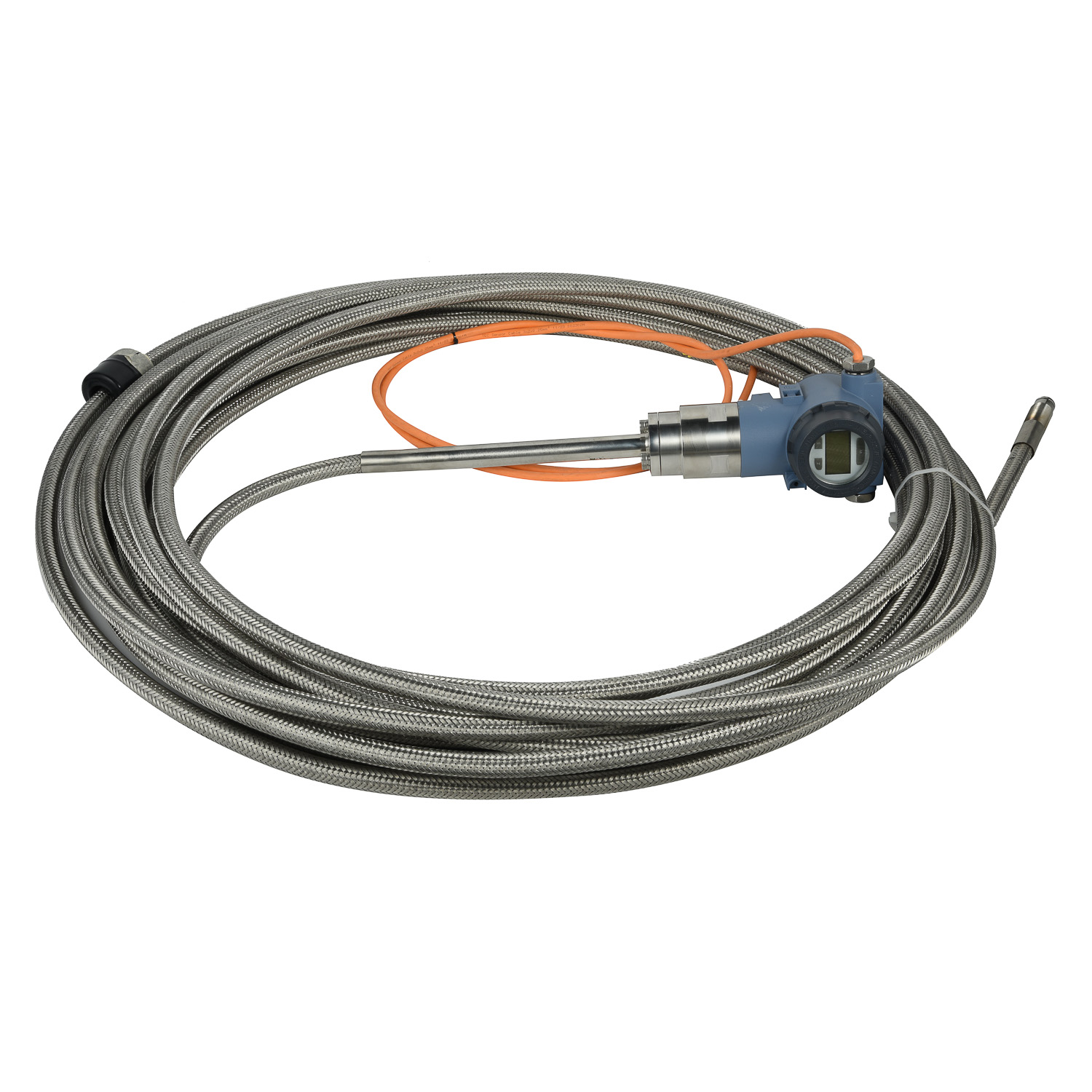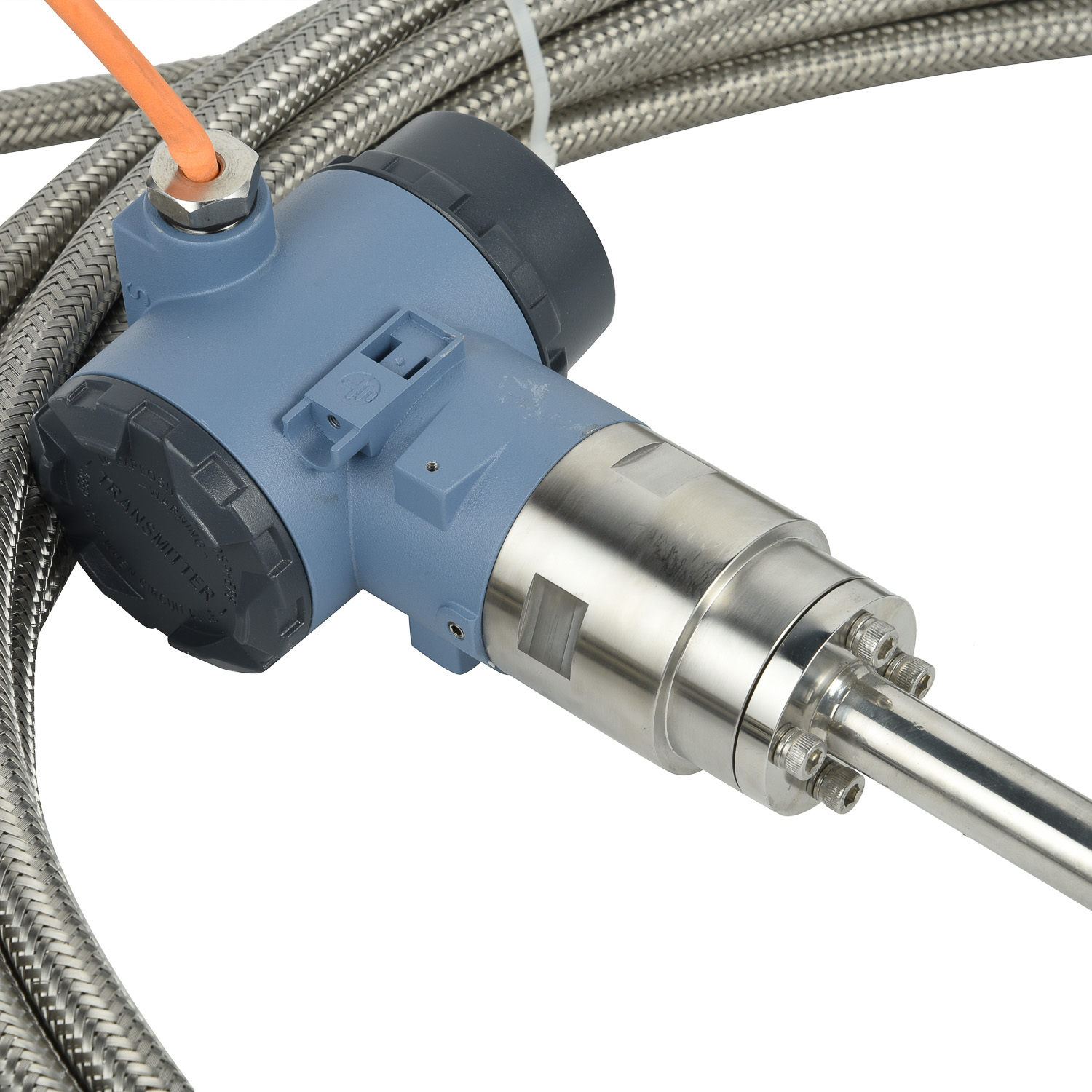Can Magnetostrictive Displacement Sensors Measure High-Temperature Fluids?
**Can Magnetostrictive Displacement Sensors Measure High-Temperature Fluids?**

In the realm of industrial measurement, the quest for accurate and reliable sensors capable of handling extreme environments remains a challenge. High-temperature fluids, such as molten salts and alkali metals, possess unique thermophysical properties that are critical in numerous applications but notoriously difficult to measure. The question arises: can magnetostrictive displacement sensors, renowned for their precision and durability, be utilized to measure these fluids?
Magnetostrictive displacement sensors rely on the magnetostrictive effect, a phenomenon where ferromagnetic materials undergo mechanical strain upon magnetization. Conversely, mechanical stress also alters the magnetization state, known as the inverse magnetostrictive effect. These sensors utilize this phenomenon to accurately determine the position of a moving magnet by measuring the time it takes for a strain pulse to travel from the magnet to a detection coil.
The potential application of magnetostrictive displacement sensors in high-temperature fluid measurement lies in their ability to withstand harsh environments. These sensors are non-contact, meaning the sensitive components are not in direct contact with the fluid, thus minimizing the risk of damage from extreme temperatures. Additionally, their output signals are absolute values, eliminating the need for recalibration or zero adjustment.
However, there are challenges to overcome. High-temperature fluids can cause thermal expansion and contraction of materials, potentially affecting the accuracy of the sensors. Furthermore, the viscosity and conductivity of these fluids change significantly with temperature, which could impact the propagation of strain pulses.
To address these challenges, researchers are exploring various techniques. One approach involves the development of specialized sensor materials with improved thermal stability and resistance to chemical corrosion. Another is the utilization of advanced signal processing algorithms to compensate for temperature-induced variations.
In conclusion, while magnetostrictive displacement sensors possess the potential to measure high-temperature fluids, further research and development are necessary to overcome the challenges posed by these extreme environments. With continued advancements in materials science and signal processing, these sensors may soon become a viable option for accurate and reliable measurement of high-temperature fluids.
 UpgradingYourLevelMeasurementS
UpgradingYourLevelMeasurementS
 Why are magnetostrictive level
Why are magnetostrictive level
 ComparingMagnetostrictiveandRa
ComparingMagnetostrictiveandRa
 MagnetostrictiveLevelSensorfor
MagnetostrictiveLevelSensorfor
